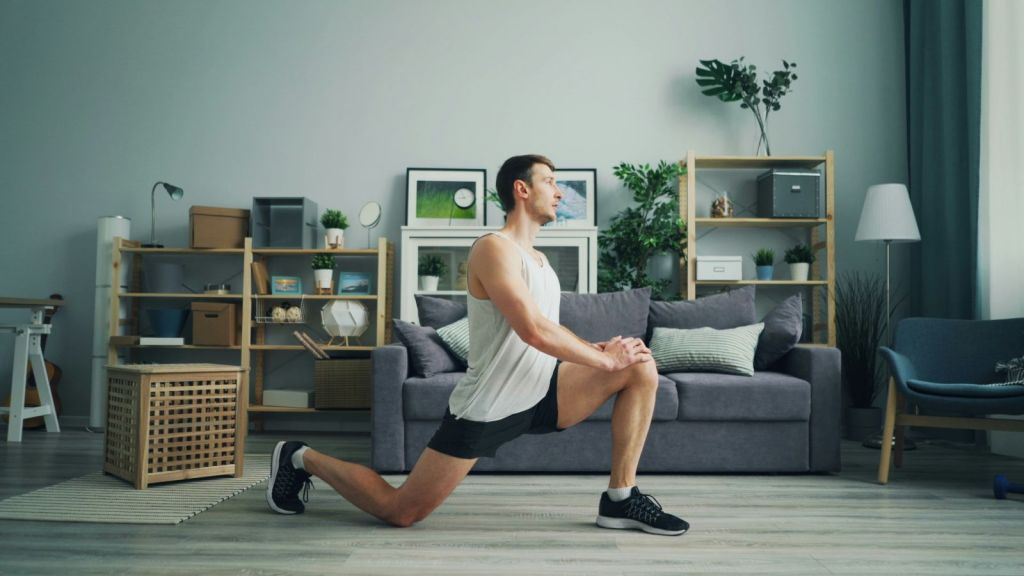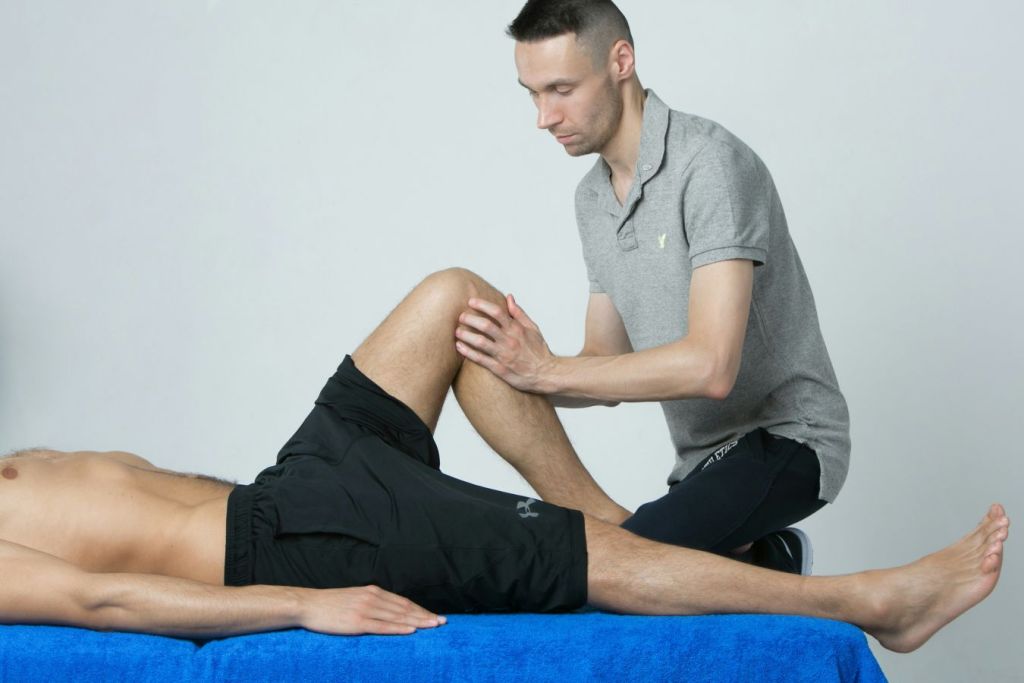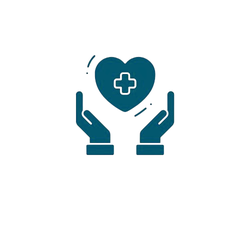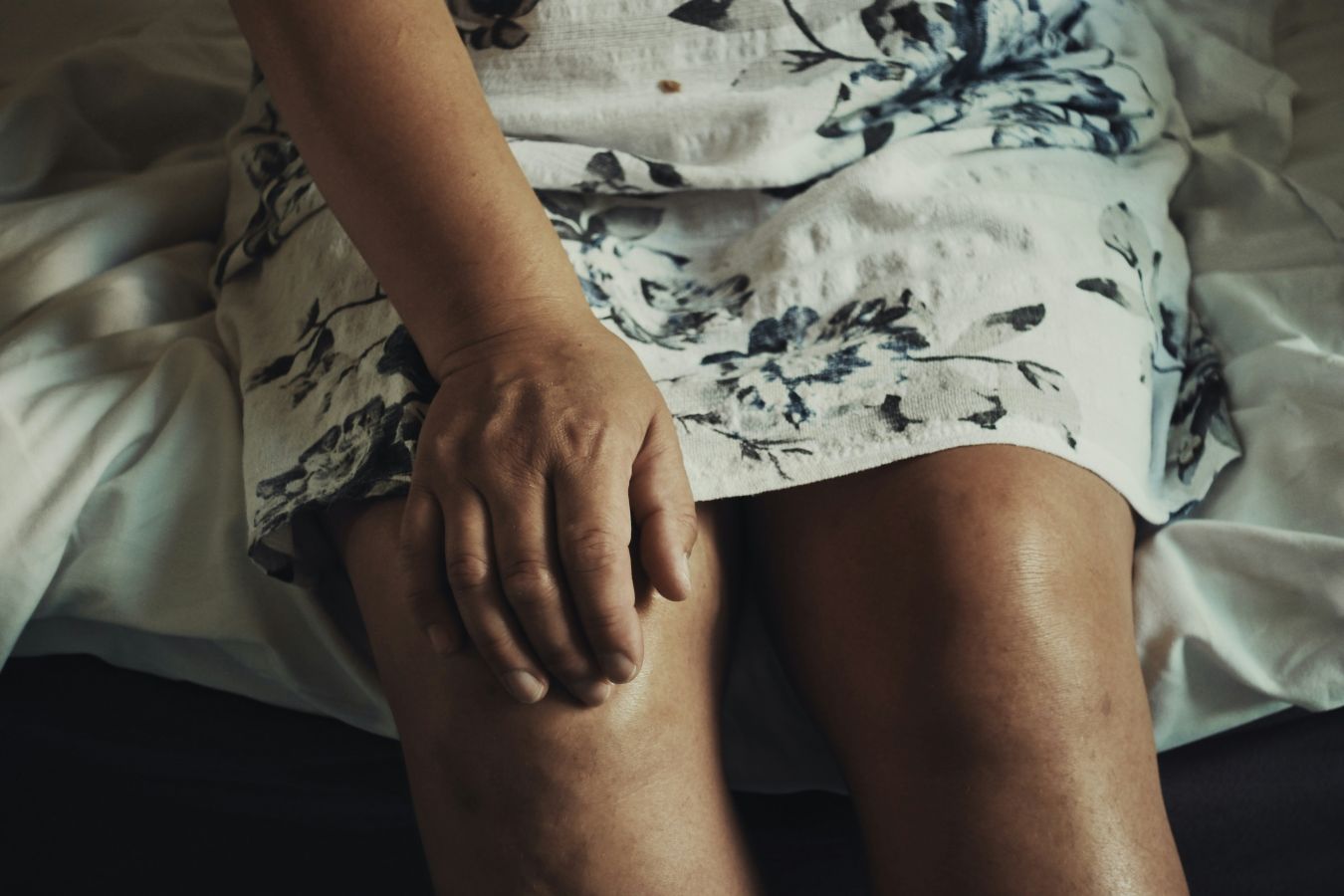Quick Answer
Knee joint pain at 40 most often stems from early osteoarthritis, weak supporting muscles, past injuries, excess weight, or training spikes. A simple plan—targeted strength work, low-impact cardio, smart load management, and timely medical checks—prevents long-term damage and restores function.
Quick Action Plan
- Train 4 days/week: two strength sessions (quads, glutes, hamstrings, core) plus two low-impact cardio days (walking, cycling, swimming).
- Adopt joint-friendly habits: supportive shoes, 5-minute movement breaks each hour, ice/heat for flares, and gradual progress (≤10%/week).
- Seek care if pain lasts >2 weeks, or with swelling, night pain, locking, or instability.
Sources: Harvard Health, Mayo Clinic, NIH/NIAMS

For many people, the first episode of knee joint pain at 40 feels like a wake-up call. Years of sitting, occasional high-impact workouts, shoes with poor support, and a few extra kilos quietly add up. The goal of this guide is simple: explain the real causes, show early warning signs, give proven at-home steps, and help you decide when to see a professional—so knee pain doesn’t turn into lifelong disability.
Why does knee joint pain at 40 become more common?
Because tissue wear accumulates while recovery, strength, and movement variety often decline with age.
Desk work shortens hip flexors and weakens glutes; weekend-warrior bursts overload the knee; sleep and stress management get worse in busy midlife. Over time, this mismatch between load and capacity fuels knee problems after 40 and even hip joint pain at 40. Rebalancing the system—better strength, steady activity, and smoother progress—usually brings relief.
What are the main causes of knee joint pain at 40?
Early osteoarthritis, meniscus irritation or tears, patellofemoral overload, tendinopathies, and old injuries.
Cartilage thins gradually; a past twist can leave a sensitive meniscus; weak quads or glutes change how the kneecap tracks; sudden training spikes inflame patellar or quadriceps tendons. Autoimmune arthritis can also begin in your 40s, causing warmth and prolonged morning stiffness—different from the short, mechanical stiffness of early osteoarthritis.
What are the early signs you should not ignore?
Morning stiffness, swelling, clicking, pain on stairs or after sitting, locking, and instability.
Short-lived stiffness that eases with movement suggests mechanical overload; prolonged stiffness, warm swelling, and fatigue may hint at inflammatory arthritis. Visible swelling, the knee giving way, or true locking (inability to fully bend/straighten) requires timely assessment.
How does arthritis in your 40s connect to knee pain?
Osteoarthritis often starts subtly in the 40s; autoimmune forms (e.g., rheumatoid) may flare earlier and feel different.
Arthritis in your 40s typically shows deep, activity-related ache with brief morning stiffness. Autoimmune types bring prolonged stiffness (>30–60 minutes), warm swollen joints, and systemic symptoms. Early diagnosis guides therapy that protects cartilage and restores function.
Which lifestyle factors trigger knee joint pain at 40?
Excess weight, sedentary time, poor footwear, hard surfaces, and sudden training spikes.
Every extra kilogram multiplies load through the knee with each step. Long sitting reduces nutrient flow to cartilage; worn shoes alter alignment; aggressive “I’m back!” workouts overload tissues. Small changes—daily walking, supportive footwear, and gradual progress—reduce joint pain after 40.
Which exercises reduce knee joint pain at 40?
Low-impact cardio plus targeted strength for quads, glutes, and hamstrings.
Start with cycling, brisk walking, or swimming to improve circulation without pounding. For strength, focus on sit-to-stand, wall sits, bridges, step-ups, hamstring curls, and side-lying leg raises. Keep reps smooth, stop two reps before form breaks, and progress weekly. These moves calm knee joint pain at 40 and protect against future flares.
What does a safe weekly plan look like for knee joint pain at 40?
Two strength sessions, two low-impact cardio sessions, and one mobility day.
Example (20–30 minutes each): Mon — Strength A (sit-to-stand, bridges, step-ups); Wed — cycling or brisk walk; Fri — Strength B (wall sits, hamstring curls, side glute raises); Sun — mobility flow and an easy walk. Add short walks after meals to reduce joint stiffness.
Can home remedies and self-care really help?
Yes—ice/heat, short movement breaks, gentle stretches, and topical NSAID gels ease mild pain.
Use ice for 10–15 minutes after activity for flares; apply heat before mobility work; stretch calves, hamstrings, and quads; consider over-the-counter topical diclofenac gel if appropriate. Always follow label guidance and discuss with a clinician when unsure.
When should you see a doctor for knee joint pain at 40?
When pain persists >2 weeks or if there’s swelling, night pain, locking, or instability.
After trauma with a “pop,” rapid swelling, or inability to bear weight, seek urgent assessment. Otherwise, an exam and activity modification often come before imaging. If needed, plain X-rays check joint space; MRI assesses meniscus, cartilage, and ligaments.

Which treatments work if exercise alone is not enough?
Guided physical therapy, activity tweaks, short NSAID courses, braces/taping, and targeted injections when indicated.
Therapy refines movement patterns and strength progressions; short medication courses can calm flares; patellofemoral taping or a simple sleeve may improve comfort; injections (e.g., corticosteroids) are reserved for specific cases. Surgery is rare at 40 unless there is structural damage unresponsive to rehab.
How do you prevent knee problems after 40?
Stay active, build leg strength, manage weight, replace worn shoes, and progress gradually.
Consistency beats intensity. Aim for 150 minutes/week of low-impact cardio, two strength sessions, and regular shoe replacement. These habits protect cartilage and lower the risk of knee problems after 40 and related issues like hip joint pain at 40.
Where can you learn more or cross-check guidance?
Use authoritative sources and practical guides.
Start with Harvard Health, Mayo Clinic, and NIH/NIAMS. On your site, connect this guide with related topics like joint pain after 40 and arthritis in your 40s for deeper reading.
Related Articles
- Joint Pain After 40
- Knee Problems at 40
- Knee Pain Over 40
- Hip Joint Pain at 40
- Arthritis in Your 40s
Take Care of Your Knees Today
Your 40s are the best time to act. Follow the weekly plan, build strength, keep moving, and manage weight. With early steps and clear thresholds for seeking care, knee joint pain at 40 becomes manageable—and often reversible.

